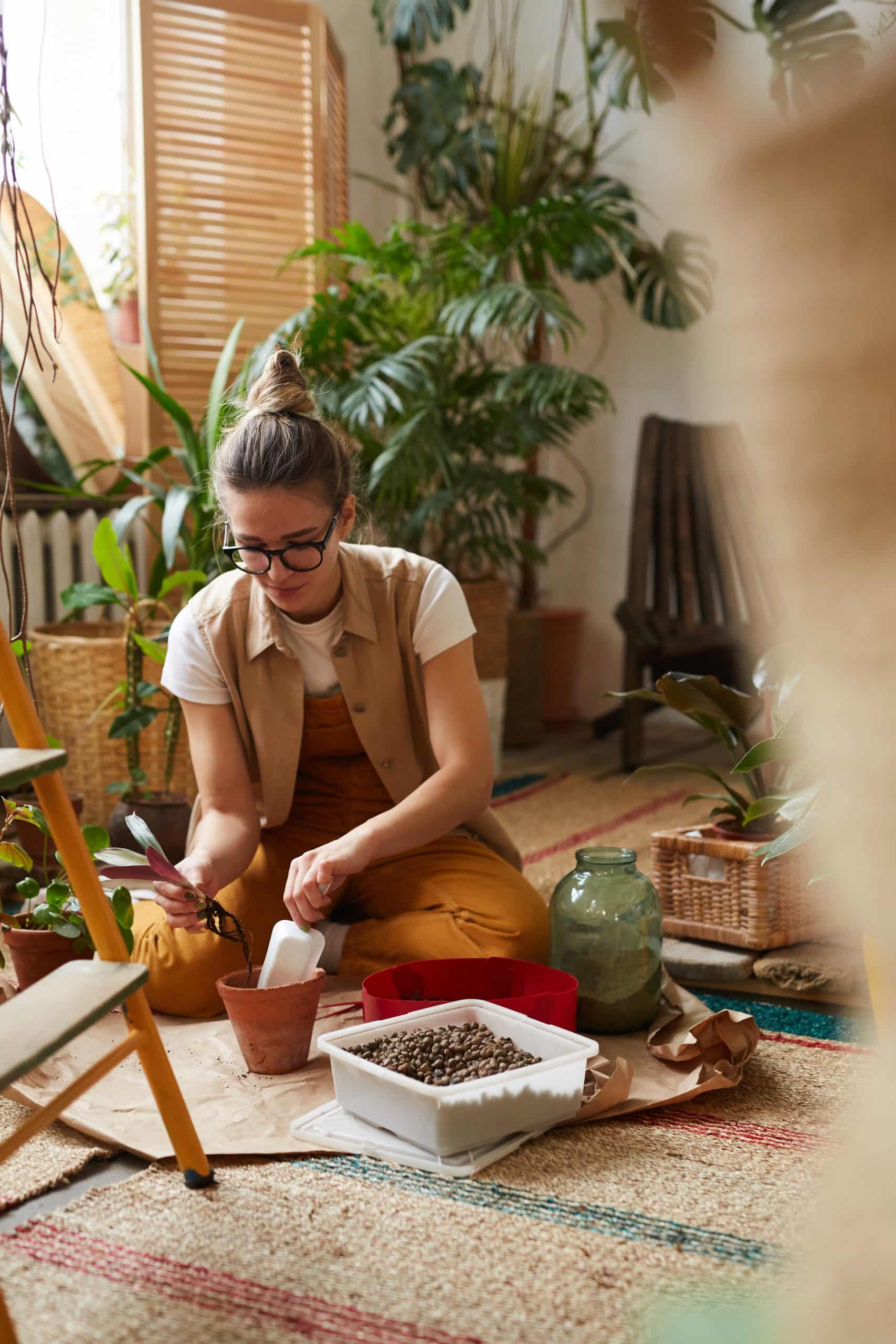How to Create an Indoor Herb Garden in a Kitchen with No Windows?

Contrary to popular belief, owning a kitchen with no windows doesn’t limit you from growing a lush indoor herb garden. Transforming your kitchen into a greenhouse can be an exciting and rewarding journey. With the right tools, tips and techniques, you’ll enjoy the pleasure of fresh, aromatic herbs right at your fingertips. This article will serve as your comprehensive guide to creating an indoor herb garden, even without the natural light from windows.
Selecting the Best Herbs to Grow Indoors
When designing your indoor garden, the first step is to choose the herbs that will flourish in indoor conditions. Some plants are better adapted to live indoors as they can tolerate low light and consistent temperatures.
A voir aussi : What Are the Best Energy-Efficient Lighting Solutions for Aging Eyes?
Basil, chives, parsley, rosemary, oregano, thyme, and mint are some of the best herbs to grow indoors. These plants require minimal maintenance and are perfect for the kitchen environment where they can be easily accessed for cooking.
While making your plant selection, check the garden shop or online store for plants specifically labeled for indoor growing. These herbs are more likely to thrive in your kitchen.
A lire également : How to Create a Safe Indoor Play Area for Toddlers in a Small Apartment?
Creating the Ideal Environment for Indoor Herb Growth
Even without windows, your indoor kitchen garden can still prosper. A key factor in successful indoor herb growing is creating the right environment.
Herbs, like most plants, require adequate light to photosynthesize and grow. While natural sunlight is the best, you can supplement it with artificial light. Fluorescent and LED lights are excellent alternatives. Setting up an adjustable light stand with a full-spectrum grow bulb allows you to provide your plants with the light they need, regardless of the season or weather.
Another important factor is water. Over-watering or under-watering can be detrimental to your indoor herbs. Most herbs prefer well-drained soil, and a pot with good drainage will prevent water from accumulating at the roots, which can cause rot.
The third element to consider is temperature. Most herbs thrive at room temperatures of 65 to 70 degrees Fahrenheit. Keep your plants away from heat sources such as ovens or stoves, as sudden temperature changes can damage them.
Setting Up an Indoor Herb Garden
The set-up process for your indoor herb garden is straightforward. Begin by choosing the appropriate pots or containers for your herbs. Ensure each pot has a drainage hole and is deep enough to accommodate the plant’s roots.
Place a saucer or tray under each pot to catch any excess water and protect your surfaces. Fill the pots with a good quality, well-draining potting mix. You can shop for specific potting mixes designed for herbs at a garden shop.
After setting up your pots, sow the seeds or plant the seedlings as per the instructions on the seed packet. Each herb will have specific depth and spacing requirements.
Caring for Your Indoor Herbs
After you’ve successfully set up your indoor herb garden, your job doesn’t end there. Indoor herbs require regular care and attention to grow and produce well.
Regular watering is essential, but the frequency will depend on the specific needs of each herb. As a general rule, water your plants when the top inch of soil feels dry to the touch. However, be careful not to let your herbs sit in water, as this can lead to root rot.
Along with water, your herbs will also need nutrients to grow. Indoor herbs benefit from regular feeding with a balanced, water-soluble fertilizer.
Finally, regularly harvesting your herbs will encourage them to produce more. So don’t be afraid to clip some fresh leaves for your cooking.
Addressing Common Challenges in Growing Herbs Indoors
As you embark on your indoor gardening journey, be prepared to face a few challenges. However, armed with the right knowledge, you can overcome these obstacles and enjoy a thriving indoor herb garden.
One common challenge is insufficient light. As mentioned earlier, you can overcome this by investing in a good set of grow lights. Ensure these lights are placed close enough to the plants, usually within 2-4 inches for seedlings.
Another challenge is pests. Indoor plants can attract aphids, gnats, and spider mites. Regularly check your herbs for signs of these pests and treat them with an insecticidal soap or neem oil.
Despite these challenges, the rewards of an indoor herb garden are substantial. With patience, attention, and care, you can achieve a lush, green indoor garden that provides fresh herbs for your meals all year round.
Harvesting and Using Your Indoor Herbs
Having established your indoor herb garden, the next step is reaping the benefits. Rather than being a complicated process, harvesting herbs from your indoor garden is a simple and rewarding task.
Begin by harvesting your herbs in the morning when their oils are at their peak. Use a sharp pair of scissors or garden shears to clip off the parts you need, but be careful not to over-harvest. A good rule of thumb is to never remove more than one-third of the plant at a time to allow it continual growth.
Drying your herbs is another excellent way to preserve their flavor. Tie the stems together and hang them upside down in a well-ventilated room until they are completely dry. Store them in airtight jars in a cool, dark place.
Additionally, your indoor herbs can be used straight from the garden. Fresh herbs provide intense flavor and aroma to dishes, salads, and teas. Creating a beautiful indoor herb garden not only adds greenery to your kitchen but also provides fresh and flavorful ingredients for your meals.
Conclusion: The Joy of Growing Herbs Indoors
Growing herbs indoors is not only a singularly rewarding endeavor but also a fun and educational experience. By setting up an indoor herb garden, you get to learn about different herbs and their growth habits, understand and appreciate the process of plant growth, and ultimately experience the joy of harvesting your own produce.
An indoor herb garden can be a great way to bring a bit of the outdoors inside, especially if your kitchen lacks natural light. With the right care, attention, and conditions, your herbs will grow and flourish, providing you with fresh, aromatic herbs all year round.
So, don’t let the lack of windows deter you. With the right grow lights, good drainage, and proper care, you can easily grow herbs in your kitchen. This journey of garden planting indoors not only provides an endless supply of fresh herbs but also adds life and vibrancy to your kitchen. Especially in a world where free shipping is readily available, getting started with your indoor garden has never been easier.
In conclusion, growing herbs indoors can be incredibly rewarding. Watching your small seeds grow into lush, fragrant plants is a joy that cannot be overstated. Whether you’re a rookie gardener or a seasoned green thumb, an indoor herb garden is a simple yet fulfilling project that everyone can enjoy.
